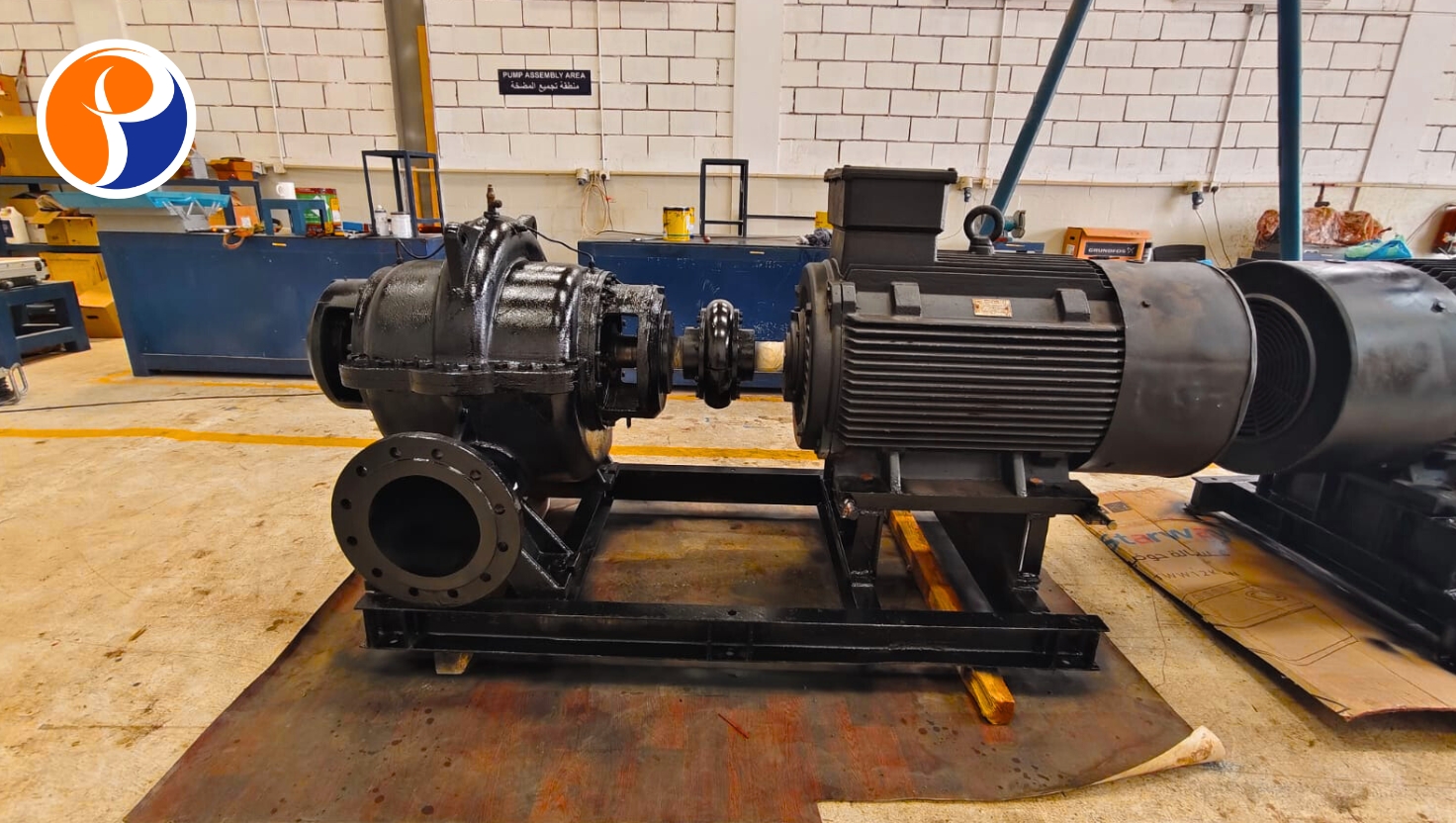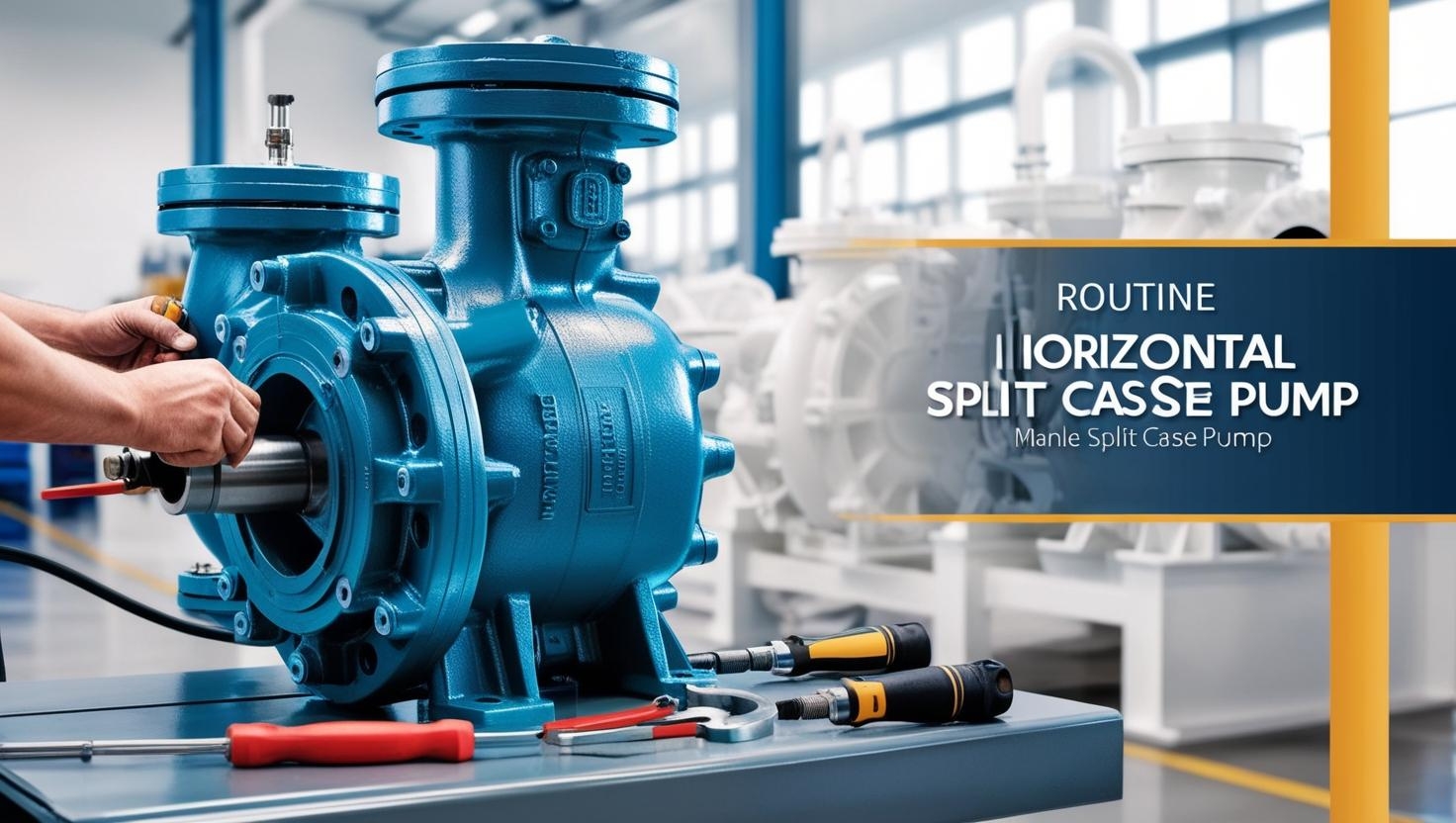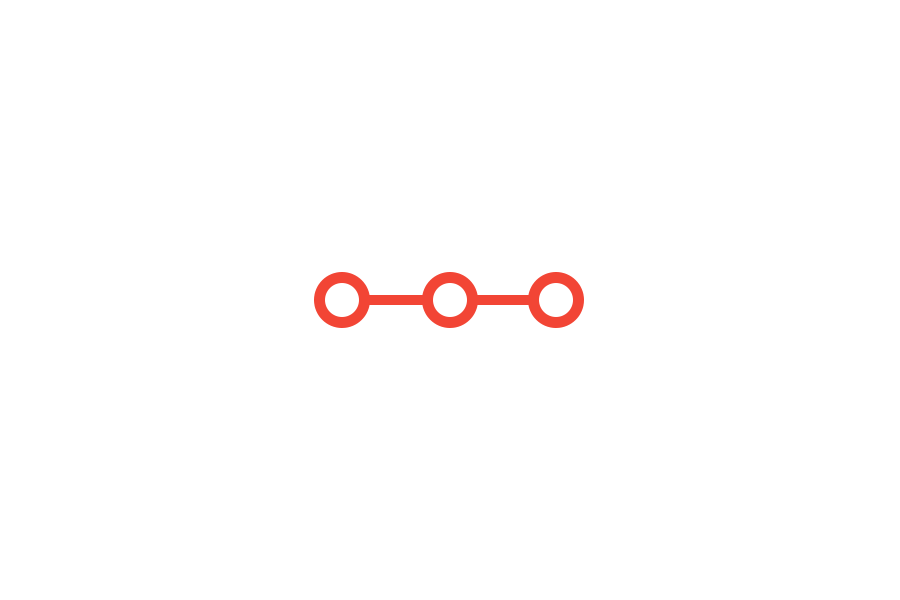
Horizontal Split Case Pump Maintenance
Horizontal split case pumps are critical components in various industries such as water treatment, HVAC, and fire protection systems. They play an essential role in ensuring the smooth operation of many processes by moving liquids or slurries efficiently. However, like any other machine, they require regular maintenance to ensure optimal performance and a long lifespan. This article will walk through the steps in horizontal split case pump maintenance, providing the tools and knowledge to keep your pump in top condition.
What is a Horizontal Split Case Pump?
Before diving into the specifics of pump maintenance, let’s quickly define what a horizontal split case pump is. This type of pump is designed to handle large volumes of liquids and is primarily used for applications requiring continuous or high-flow pumping. The “split case” design means that the pump housing is split horizontally into two halves, allowing easy access for inspection and repair. It is widely appreciated for efficiently handling high flow rates and high-pressure conditions.
The main components of a horizontal split case pump include the impeller, volute casing, bearing housing, and shaft. Regularly servicing these parts ensures the pump functions properly and avoids costly repairs.
Why is Horizontal Split Case Pump Maintenance Important?
Now, why should we care about horizontal split case pump maintenance? The simple answer is that regular maintenance helps to prevent failures that can disrupt your operations. Without maintenance, these pumps can experience issues like impeller wear, seal leakage, or bearing failure. These problems can lead to reduced efficiency, increased energy consumption, and potential downtime.
So, whether you rely on this pump for water supply, HVAC systems, or fire protection, investing in horizontal split case pump maintenance services is wise. It can save you from costly repairs and extend the life of your equipment.
Routine Maintenance Tasks for Horizontal Split Case Pumps

Regularly perform routine maintenance tasks to keep your horizontal split case pump running smoothly. Let’s break them down step by step.
1. Inspecting and Replacing Bearings
Bearings are crucial for the smooth operation of your pump. Over time, they can wear out due to constant friction. This can lead to vibrations, noise, and even total pump failure. Checking the bearings regularly and replacing them when necessary is vital to horizontal split case pump maintenance.
To replace the bearings, you’ll need to:
-
Please turn off the pump and disconnect it from the power supply.
-
Remove the bearing housing and inspect the bearings for signs of wear or damage.
-
If worn out, replace the bearings with new ones. Make sure they are properly lubricated and aligned before reassembling.
2. Checking and Replacing Mechanical Seals
Mechanical seals prevent leakage between the rotating shaft and the pump casing. If these seals are worn or damaged, you could face leakage, resulting in pump failure. To prevent this, inspect the mechanical seals regularly for signs of wear or corrosion.
When you notice a faulty seal:
-
Turn off the pump and relieve any pressure inside the casing.
-
Remove the seal and inspect the shaft and the sealing faces for damage.
-
Replace the mechanical seal if necessary, ensuring the new seal fits correctly and is well lubricated.
3. Cleaning the Impeller and Volute Casing
The impeller is the heart of the pump, responsible for moving the liquid. Over time, debris, dirt, or minerals can accumulate on the impeller, causing it to become less efficient. A clogged impeller can also lead to vibration or cavitation, damaging the pump.
To clean the impeller and volute casing:
-
Turn off the pump and remove any power sources.
-
Disassemble the pump to access the impeller.
-
Clean the impeller thoroughly, removing any debris or buildup. Use a soft brush and water to avoid causing damage.
-
Check the volute casing for any buildup and clean it as well.
4. Lubricating the Shaft and Bearings
Proper lubrication is essential for reducing friction between the rotating parts of the pump. The shaft and bearings need regular lubrication to ensure smooth operation. Lack of lubrication can cause overheating, excessive wear, and eventual failure.
Make sure to:
-
Use the correct type of lubricant recommended for the pump.
-
Apply the lubricant appropriately, ensuring even distribution across all moving parts.
-
Regularly check the lubrication levels to prevent dry running.
5. Inspecting and Replacing the Shaft Sleeve
The shaft sleeve is a protective covering for the shaft, which helps to prevent wear. Over time, the sleeve can become damaged, damaging the shaft itself. Regularly inspecting and replacing the shaft sleeve is essential for ensuring the longevity of your pump.
When replacing the shaft sleeve:
-
Disconnect the pump from the power supply.
-
Remove the pump casing and inspect the sleeve for signs of wear or damage.
-
Replace the shaft sleeve if worn out, ensuring proper alignment and fit.
Troubleshooting Common Issues
Even with regular maintenance, your horizontal split case pump might encounter issues. Here are a few common problems and how you can troubleshoot them:
1. Pump Not Starting
If your pump is not starting, it could be due to:
-
A tripped circuit breaker.
-
Faulty electrical connections.
-
Worn bearings or a broken shaft.
Start by checking the electrical supply and ensuring the pump is receiving power. Check the motor and mechanical components for visible damage if the issue persists.
2. Excessive Vibration
Excessive vibration can be caused by:
-
Unbalanced impellers.
-
Loose bolts or connections.
-
Worn bearings.
Check the impeller for signs of imbalance and tighten any loose bolts or connections. If vibration continues, inspect the bearings and replace them if necessary.
3. Leaks from the Pump Seal
If you notice leakage from the pump seal, it could be due to:
-
A worn mechanical seal.
-
Incorrect installation of the seal.
Inspect the mechanical seal and replace it if it’s worn. Make sure the new seal is installed correctly to prevent further leaks.
Importance of Professional Pump Service
While performing regular maintenance yourself is essential, there will be times when you need professional pump service. Pump service technicians are trained to handle complex repairs and maintenance tasks that may require specialized tools or knowledge. Hiring a professional ensures that your horizontal split case pump maintenance is done correctly and safely.
Pumps Services offers top-quality horizontal split case pump maintenance services to ensure your pumps run efficiently. Our team is equipped to handle pump repairs, maintenance, and inspections. We specialize in pump repair and can help you extend the life of your equipment, saving you money in the long run.
For more information on our services, visit our website at pumpsservices.com or contact us at +966597747661 or via email at info@Pumpsservices.com.
Conclusion
In conclusion, horizontal split case pump maintenance is critical to running your pump efficiently and preventing unexpected failures. Regular inspection, cleaning, lubrication, and replacing worn-out parts are all essential for optimal performance. If you’re unsure about performing maintenance tasks, don’t hesitate to contact a professional for help.
By following these simple steps and regularly servicing your pump, you can ensure that your horizontal split case pump continues to perform at its best for years. After all, proper pump maintenance isn’t just about fixing problems—it’s about preventing them before they start!
Remember, keeping your pump in top condition is the key to avoiding costly repairs and downtime. And as always, Pumps Services is here to help if you need assistance.
